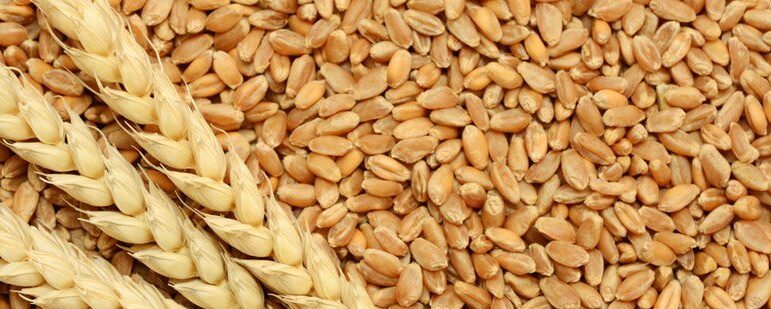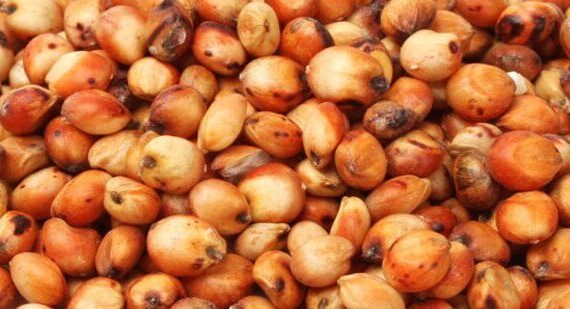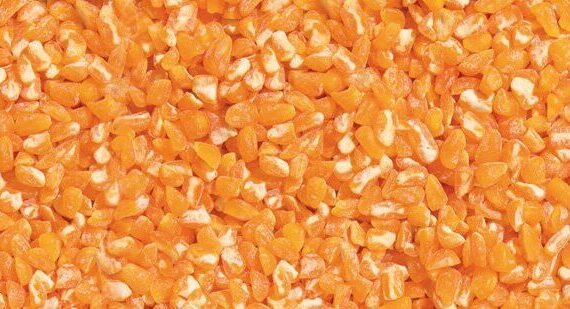DESCRIPTION
Wheat is a cereal grain, (botanically, a type of fruit called a caryopsis) originally from the Levant region of the Near East but now cultivated worldwide. In 2013, world production of wheat was 713 million tons, making it the third most-produced cereal after maize (1,016 million tons) and rice (745 million tons). Wheat was the second most-produced cereal in 2009; world production in that year was 682 million tons, after maize (817 million tons), and with rice as a close third (679 million tons). There are many botanical classification systems used for wheat species, discussed in a separate article on wheat taxonomy. The name of a wheat species from one information source may not be the name of a wheat species in another. This grain is grown on more land area than any other commercial food.[citation needed] World trade in wheat is greater than for all other crops combined. Globally, wheat is the leading source of vegetable protein in human food, having a higher protein content than the other major cereals maize (corn) and rice. In terms of total production tonnages used for food, it is currently second to rice as the main human food crop and ahead of maize, after allowing for maize’s more extensive use in animal feeds.[citation needed] The archaeological record suggests that this first occurred in the regions known as the Fertile Crescent.


 United States
United States South Korea
South Korea UAE
UAE Bangladesh
Bangladesh Indonesia
Indonesia Malaysia
Malaysia Yemen
Yemen Turkey
Turkey Oman
Oman Somalia
Somalia

